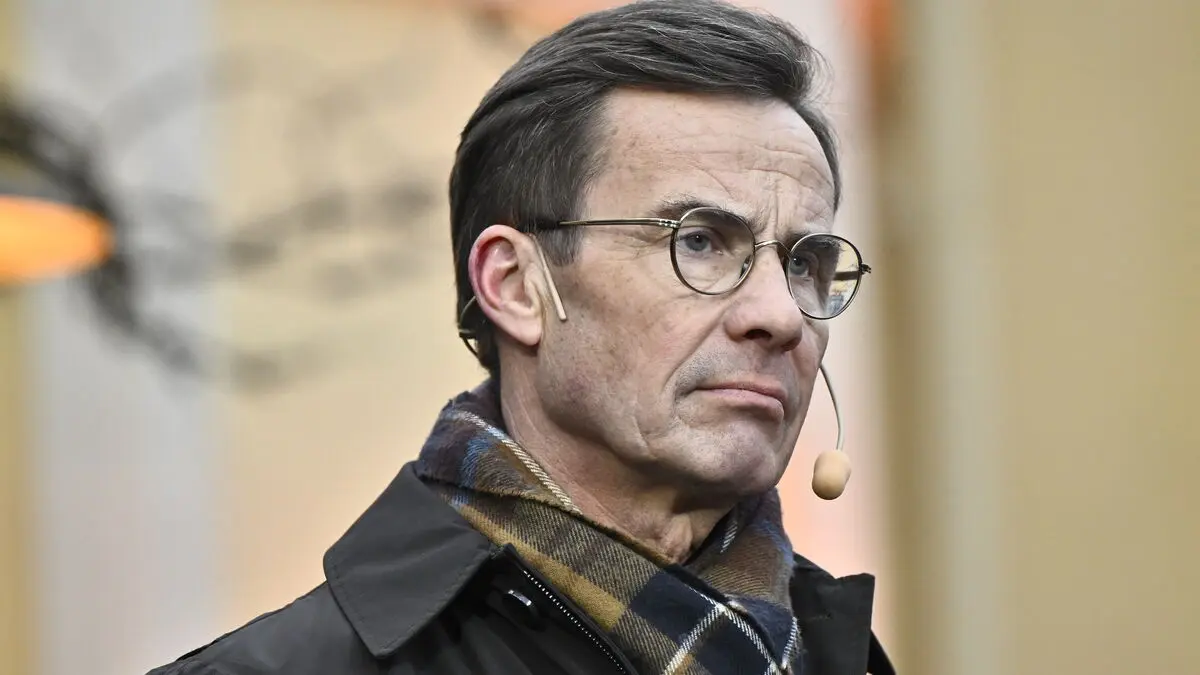The next interest rate cut is coming after the summer, according to the National Institute of Economic Research.
We believe the Riksbank will cut three times this year – and another three times next year, says KI's general director Albin Kainelainen.
Inflation is expected to fall sharply next year and reach 0.4 per cent according to the CPI measure. This means that KI, like several other actors, is predicting a series of interest rate cuts from the Riksbank.
Inflation has gone down and is heading towards 2 per cent, and we believe it will even go below 2 per cent this year. Already in the coming months, it will be below 2 per cent, and most signs suggest that we have overcome inflation for this time, says KI's general director Albin Kainelainen.
Further Cuts
The Riksbank is expected to wait with an interest rate cut next week, but while the Riksbank has flagged two more interest rate cuts this year, KI estimates that the repo rate will be at 3.00 per cent by the end of the year.
We believe the Riksbank will cut three times this year and another three times next year. The next cut will occur in August. One should not overstate the significance of whether the next cut occurs in June or August. For indebted households, it naturally has significance, but not for the economy as a whole, says Albin Kainelainen.
Low Growth Persists
For pressed households, interest rate cuts are naturally welcome, but at the same time, household consumption is expected to continue to develop weakly. Unemployment is predicted to peak at 8.5 per cent this year and rise to 8.2 per cent next year. The low growth that Sweden is experiencing will persist until 2025, according to KI.
We believe we will see a recovery from this year onwards. We will have continued low growth next year, and it is not until 2026 that we will have more normal economic times. Just as we have not seen a rapid downturn, we will not see a rapid upturn either, says Kainelainen.
The National Institute of Economic Research estimates that the budget scope for 2025-2028 amounts to approximately 120 billion kronor, of which approximately 40 billion kronor is expected to be utilised in 2025.





